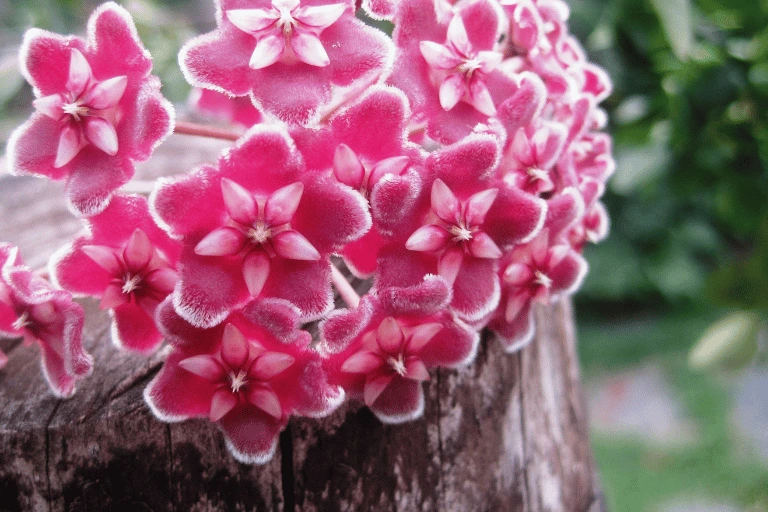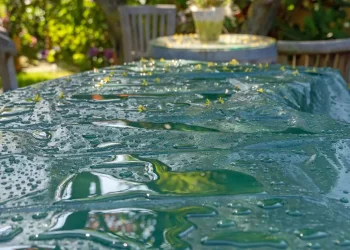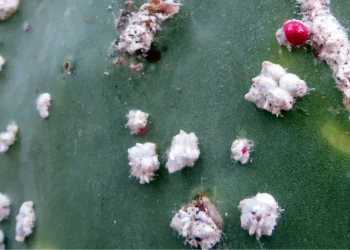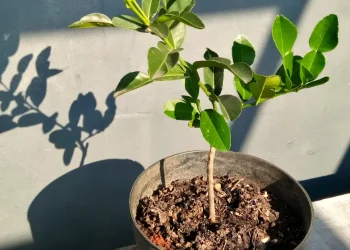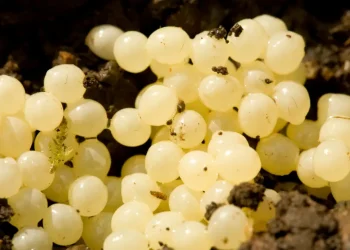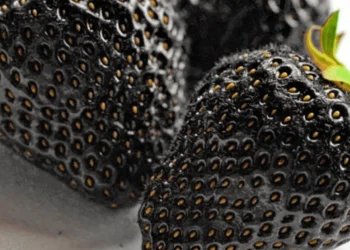All the plants in the Hoya genus (over 500 known species now, WOW!) have become increasingly popular in recent years, and for a good reason.
Hoyas, commonly known as Wax Plants, are not as hard to take care of as many gardeners think. And with proper care, they will, on average, live for at least 30 years. But it is not uncommon to see Hoyas living up to a century.
Thanks to unpredictable weather in their natural habitat – rainforests, Hoyas are exquisitely sensitive to overwatering and can develop root rot easily. But at the same time, they require consistent moisture to thrive.
Don’t water too much or too little. That’s what characterizes Hoyas’ watering requirements.
I know I said that they are a breeze to take care of. And they truly are, you just have to learn a few simple rules first.
And it all starts with proper watering. In this article, we’ll take a look at how to water Hoya plants properly.
How Much Water does Hoya Plant Need?
“Don’t water too much or too little.” So, what is the perfect balance between underwatering and overwatering when it comes to Hoyas?
Originating from the tropical rainforests of Southeast Asia and Australia, Hoyas have developed a preference for a specific moisture balance. They simply love water and do not like to dry out at all. However, it’s important to keep a consistent level of moisture without overwatering as they get in their natural habitat.
It would be irresponsible to give you an answer. Because there is no simple answer. There are several factors that affect how much water to give your Hoyas.
Factors that Affect How Much to Water a Hoya
There are several factors you want to take a close eye on to ensure you are giving your Wax plant just the right amount of water.
- Size of the pot
- Drainage of the soil
- Size and maturity of your Hoya
- Seasonality
1. Size of the Pot Proportional to the Size of your Hoya
The first thing is the size of the pot.
The pot should comfortably accommodate your whole Hoya with all its roots.
When we talk about roots, it’s important to mention that hoyas don’t need deep pots. Their roots stay fairly shallow.
Once again, there’s no one-fit-all solution. But most Hoyas will find their ideal home in 4-inch (10 centimeters) pots in diameter.
2. Soil Properties
Not all soil mixes are equal. Some consist of more perlite and are characterized as more draining, whereas others will have more nutrient-rich organic matter.
These properties of the soil will affect how much water the soil holds.
If the soil is the opposite of well-draining, you should water less because it will hold more water. But that’s really not ideal. If the soil is dense, the moisture will hold on roots’ level, possibly leading to root rot.
3. Seasonality
The last thing that has a great impact on watering your Hoyas is seasonality.
As summer and hot weather approach, you’ll want to modify your watering schedule and water more frequently than during colder months.
In winter, the frequency should go down pretty drastically. Your Hoya will go dormant, and the time between watering should go up 4 times on average.
How Often to Water Hoya Plant?
So, how often to water your Hoyas? The previous section should give you a rough idea.
The exact frequency of watering and the amount of water depend on the same factors. Sometimes, your Wax plant will drink a bit more than other times.
But it can be generalized. As a rule of thumb, let the top layer of soil dry out before watering again. In most cases, watering your Hoya every 7 to 10 days is a good starting point.
During hot summer days, the watering schedule should tighten, and you can water even every 4 days. On the other hand, in the winter months, you should water your Hoya every 3 to 4 weeks.
Remember that it’s always better to underwater than overwater your plant. Your Hoya will die a lot faster when sitting in a muddy pond than when you missed one or two waterings.
Best Way to Water your Hoya Plants
Let’s not forget to talk about what water to use to water the Hoya plant and what method is the best for them.
What Water to use for Watering Hoyas
Hoyas are not that picky when it comes to water or method.
For instance, Venus Flytraps will always require distilled water, but this is not the case with Hoya.
Ideally, you should opt for filtered water or rainwater. But they will do just fine with regular tap water. It is advised to leave tap water to sit for at least 24 hours. This will remove some of the chlorine and chloramine that is added to kill bacteria.
Watering Over the Soil
Watering over the soil is a common way to water every plant. The other methods are more suitable as they better imitate the natural water source and prevent waterlogging.
To do this, gently pour water onto the soil until it runs out of the bottom drainage holes. If you are using a tray under the pot and a lot of water runs through the bottom, make sure to pour out the collected water.
When watering from the top, make sure not to water the leaves. Hoya plants do not like that, and it can easily damage the waxy coating on the leaves.
Bottom Watering
Hoyas do love bottom watering, and it’s the recommended way to water Wax plants.
Simply fill a tray with water and place the pot of the plant on top of it. The plant will then take up water from the bottom through the drainage holes in the pot.
If you are using a tray that is too big, or your plant is simply not that thirsty, don’t forget to pour out the excess water after 10-15 minutes or if the topsoil feels adequately moist.
Water Bath
This method is similar to bottom watering, but instead of pouring water into the dish, you simply fill a bucket with enough water to cover the bottom of the pot. Then, keep the pot in its water bath for about 10 minutes. The plant will quickly take enough water it needs.
Before you go…
Hoya plants are absolutely stunning when you take good care of them. Good care, of course, includes good watering habits. On the contrary, overwatering or underwatering your Hoyas can lead to various issues, with one of the most common being the yellowing of the leaves. But there are also other aspects that come into play, and that should be checked to make sure your Hoya will thrive. My next article about Hoyas should give you an excellent start…


